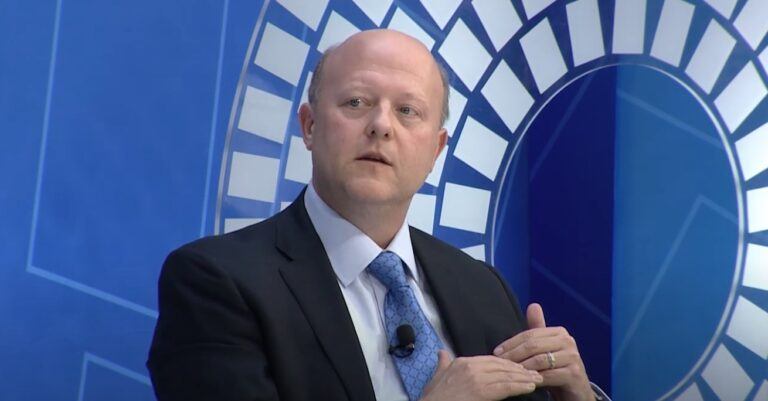In a sweeping social media post on June 19, 2024, Jeremy Allaire, Co-Founder and CEO of Circle, painted a decidedly optimistic picture of the cryptocurrency landscape.
Circle is a prominent project in the cryptocurrency space, best known for its development of USD Coin (USDC), a stablecoin pegged to the US dollar. Founded in 2013 by Jeremy Allaire and Sean Neville, Circle aims to bridge the gap between traditional finance and the rapidly evolving world of digital currencies.
Circle’s primary offering, USDC, is designed to maintain a 1:1 value with the US dollar, providing stability in the otherwise volatile crypto market. This stability makes USDC a popular choice for both individuals and institutions looking to trade, invest, or conduct transactions in a predictable manner. Each USDC token is backed by a corresponding US dollar held in reserve, ensuring its value is consistently maintained.
Beyond USDC, Circle provides a suite of financial services and products. These include Circle Account, which allows businesses to manage their finances with USDC, and Circle Yield, a product offering interest on USDC holdings. Circle’s infrastructure is built to support high-volume transactions, making it a reliable choice for large-scale financial operations.
In his post on X, Allaire, a veteran in the space with over 11 years at the helm of Circle, declared his bullishness on crypto to be at an all-time high, setting the stage for a comprehensive overview of the industry’s evolution and potential.
Drawing from his 35-year observation of internet technology adoption cycles, Allaire positioned cryptocurrency as the next logical infrastructure layer for the internet. He argued that crypto is poised to catapult society and the economy forward in unprecedented ways, likening its potential impact to previous waves of open networks, protocols, and software that have transformed major industries.
Reflecting on the inception of Circle over a decade ago, Allaire revealed that he and his co-founder Sean Neville had identified crypto as a solution to the internet’s lack of a trust layer. This deficiency, according to Allaire, had led to an overreliance on centralized entities, both corporate and governmental.
Allaire didn’t shy away from addressing the initial skepticism surrounding crypto. He recalled how in 2013, any association with Bitcoin or cryptocurrency was viewed as fringe or potentially illegal. However, Allaire emphasized that despite this early skepticism, he could foresee the technology’s potential to become foundational to society and the economy.
In a testament to the industry’s progress, Allaire outlined a series of accomplishments and technological advancements. He highlighted the evolution of public blockchain infrastructure into its third generation, capable of handling large-scale applications with trusted data, transactions, and compute. Allaire likened the current state of blockchain networks to the early broadband stage of internet development, hinting at the exponential growth yet to come.
The Circle CEO pointed to breakthroughs in security, privacy, and scalability based on zero-knowledge technology and fully homomorphic encryption (FHE). These advancements, Allaire suggested, pave the way for crypto computing to become the basis for most significant applications in the future.
Allaire noted the global political dimension of cryptocurrency, describing it as a matter of national competitiveness. He observed that governments worldwide are racing to establish frameworks that foster responsible innovation in the space.
On the adoption front, Allaire highlighted the explosion of stablecoins in scale and use. He projected that by the end of 2025, stablecoins will be recognized as “legal electronic money” in most jurisdictions, positioning them to capture a significant portion of the $100 trillion-plus market for electronic money.
Looking ahead, Allaire painted a picture of a world where digital tokens are widely used for incentives, governance, and record-keeping globally. He envisioned a future where a larger portion of finance and commerce is executed and intermediated by smart contracts on public chain infrastructure and where on-chain organizations consistently outperform legacy multinational corporations.
In Allaire’s view, the next decade could see stablecoins accounting for 10% of global economic money, with credit intermediation shifting from fractional reserve lending to on-chain credit markets. This transition, Allaire suggested, could democratize access to credit and debt in ways comparable to how Amazon transformed commerce and Google’s AdWords revolutionized advertising.
Concluding his post, Allaire expressed his conviction that these developments are achievable within the next decade:
“All of this is achievable over the next 10+ years. The time goes by fast, but when you zoom out and look at what has been accomplished and how that sets us up for the future, it’s hard not to be insanely optimistic right now.“









